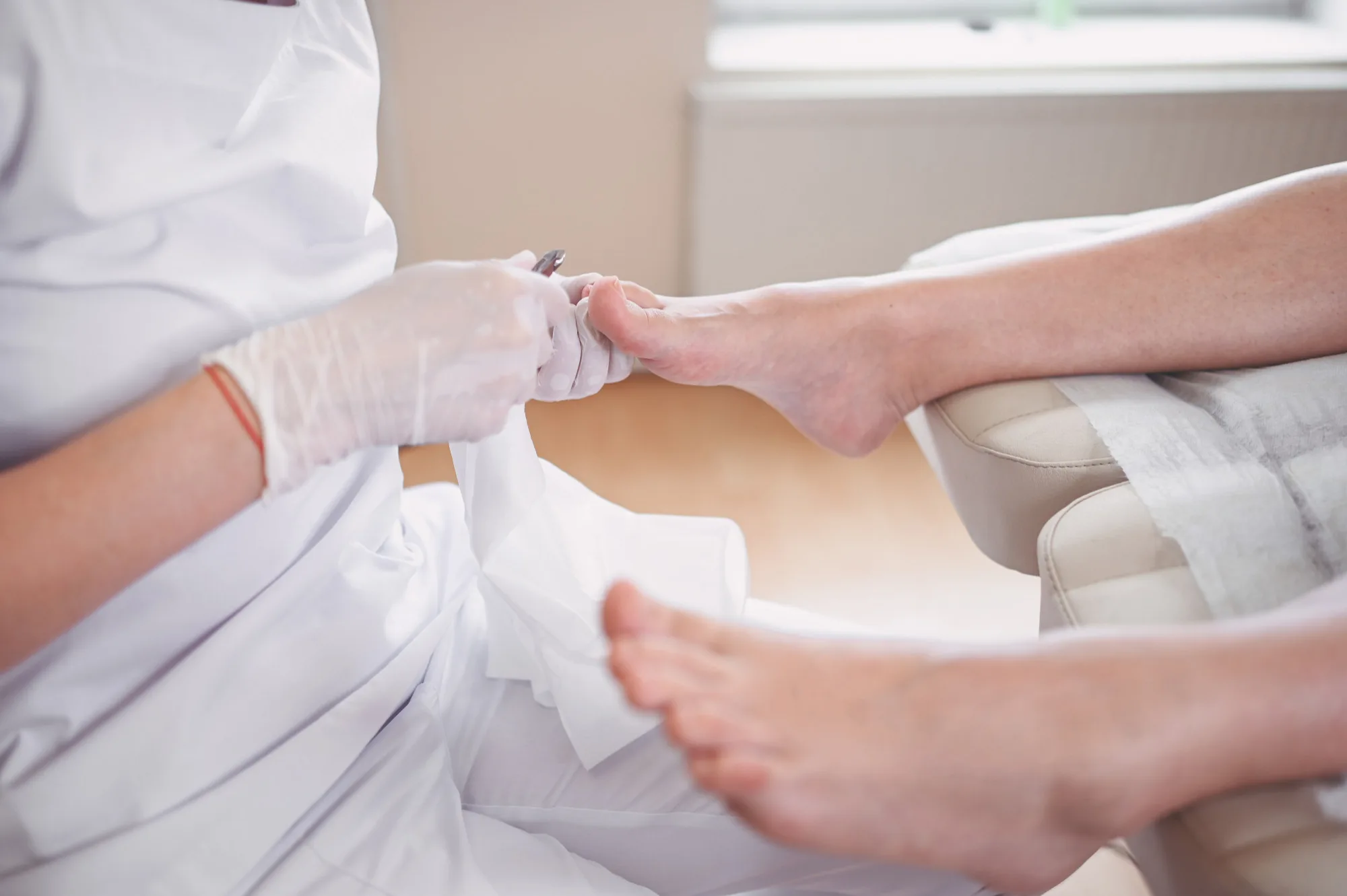
Toenail fungus, medically known as onychomycosis, is a common condition that affects many people worldwide. It typically starts as a white or yellow spot under the tip of your toenail. As the fungal infection goes deeper, it may cause your nail to discolor, thicken, and crumble at the edge. It can affect several nails but is usually not painful unless the infection becomes severe. While not life-threatening, toenail fungus can be unsightly and sometimes painful, leading many people to seek treatment for both aesthetic and health reasons.
Understanding Toenail Fungus
Fungal nail infections are caused by various fungal organisms, the most common being a type of fungus called dermatophyte. Yeast and molds also can cause nail infections. Factors that can increase your risk of developing toenail fungus include aging, having sweaty feet, walking barefoot in damp communal areas like gyms and swimming pools, having athlete’s foot, or living with various skin conditions like psoriasis.
Treatment Options
Over-the-Counter Treatments: There are numerous over-the-counter (OTC) antifungal creams and ointments available. These products are typically more effective when the infection is noticed early on in its development. However, OTC treatments may have limited success in fully eliminating nail fungus because they may not penetrate the nail deeply enough.
Prescription Medications: Oral antifungal drugs such as terbinafine (Lamisil) and itraconazole (Sporanox) are commonly prescribed for toenail fungus. These medications can promote new nail growth that isn’t infected. They do this by slowly replacing the infected part. These medications are usually taken for several months but are not suitable for everyone, as they can cause side effects.
Medicated Nail Polish: Ciclopirox (Penlac) is a prescription nail polish applied to infected nails and surrounding skin once a day. After seven days, you wipe the accumulated layers clean with alcohol and start fresh applications. This treatment can take a year to yield results and may not be as effective for more severe infections.
Medicated Nail Creams: Antifungal creams can be rubbed into your infected nails after soaking. These creams work better if you first thin the nails, which helps the medication penetrate the hard nail surface to reach the underlying fungus.
Laser Treatment: Some doctors offer laser treatments for toenail fungus. These treatments can decrease the amount of fungus in the nail and improve appearance. However, more research is needed to determine the effectiveness of lasers in nail fungus treatment.
Surgical Treatment: In severe cases, a doctor might remove the nail completely, allowing a new nail to grow in its place. However, this is often an option only after other treatments have been recommended.
Preventative Measures
Prevention is often the best treatment for toenail fungus. Here are some steps to prevent nail fungal infections:
- Keep your nails short, dry, and clean. Trim nails straight across and file down thickened areas.
- Wear breathable shoes and change your socks throughout the day.
- Use antifungal sprays or powders regularly if you are prone to athlete’s foot.
- Avoid walking barefoot in damp communal areas like locker rooms and public pools.
- Choose a nail salon that uses sterilized manicure tools for each customer.
Toenail fungus can be a persistent issue, but with patience and proper treatment, it can be effectively managed. Over-the-counter options, prescription medications, and even surgical procedures can help eradicate the fungus. However, preventive measures are important for ensuring that the fungus does not return. If you suspect you have a fungal nail infection, consult a healthcare professional for the most appropriate treatment strategy tailored to your condition.
Resource Links
“Nail Fungus” via Mayo Clinic
“Nail Fungus: Diagnosis and Treatment” via the American Academy of Dermatology Association
“Toenail Fungus” via Cleveland Clinic

